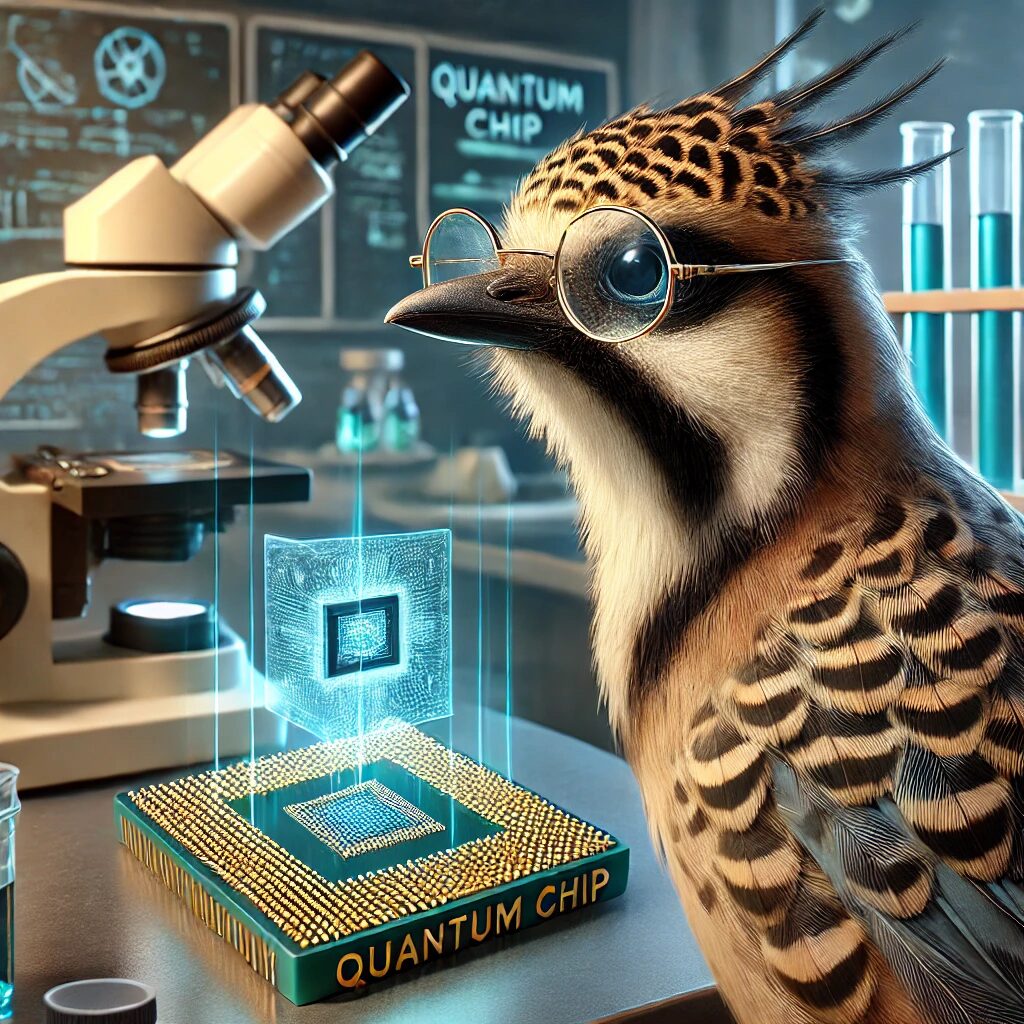
A full list of publications can be found at the Publications website. You can also check my Google Scholar profile.
BATIS: Bootstrapping, Autonomous Testing, and Initialization System for Quantum Dot Devices (arXiv: 2411.12516)
by T. J. Kovach, D. Schug, M. A. Wolfe, E. R. MacQuarrie, P. J. Walsh,
J. Benson, M. Friesen, M. A. Eriksson, and J. P. Zwolak

Historically, tuning of QD devices has been labor-intensive, error-prone, and limited to small-scale systems. As gate counts in quantum devices grow, scripted approaches become infeasible due to the increasing complexity of the gate space. BATIS: Bootstrapping, Autonomous Testing, and Initialization System overcomes this challenge by automating device initialization without prior characterization, enabling efficient navigation of high-dimensional gate spaces. We demonstrates the first-ever autonomous bootstrapping of a SiGe accumulation-mode semiconductor quad-QD array in an academic setting, going beyond the autotuning of simpler nanowire and depletion-mode reduced gate stack devices proposed to date.
MAViS: Modular Autonomous Virtualization System for Two-Dimensional Semiconductor Quantum Dot Arrays (arXiv: 2411.12516)
by A. S. Rao, D. Buterakos, B. van Straaten, V. John, C. X. Yu, S. D. Oosterhout,
L. Stehouwer, G. Scappucci, M. Veldhorst, F. Borsoi, and J. P. Zwolak

MAViS (Modular Automated Virtualization System) marks the first real-time application of machine learning in large, highly connected quantum dot arrays, achieving independent control of the key Hamiltonian parameters. MAViS introduces a structured, multi-layer framework, enabling accurate and fast orthogonal plunger gates and high-precision barrier virtualization. We explore the application limits of the linear virtual gates approach, and integrate quadratic corrections for large barrier pulsing in the high tunnel coupling regime. MAViS modularity supports integration with diverse tools. This work redefines automation in extended quantum devices, bridging AI and quantum computing to tackle the complexities of spin-based qubit manipulation.
